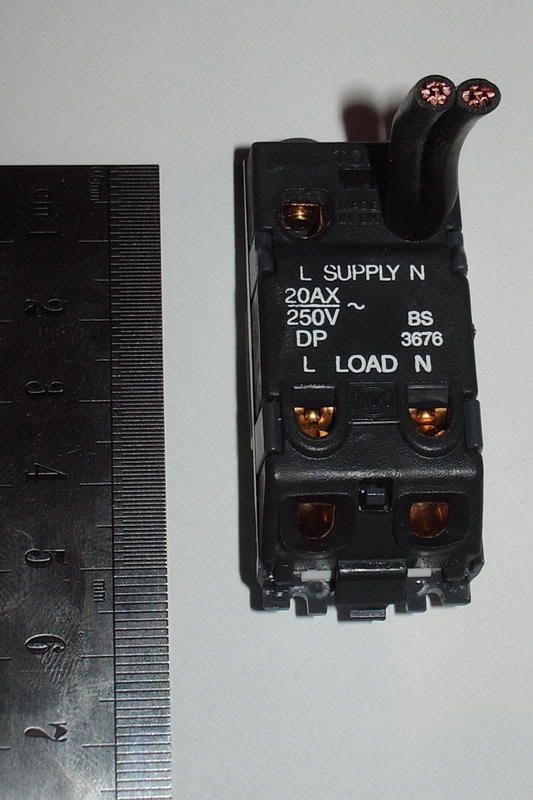I'm putting in a new ring in my kitchen. It'll have 3 double 13A socket outlets but I need to spur off them to fit a washing machine, dishwasher, fridge, freezer, hood and gas ignition. I have more appliances than socket outlets. I thought you could only only spur once off each individual socket in which case do I need 6 socket outlets?
someone told me to connect a fused spur to a double socket outlet above the worktop and connect it to another double socket outlet below at the back of the unit and simply plug in the washing machine and dishwasher. Both of these appliances i believe will come to over 20A which is too high for the 13A socket outlet and for the 2.5mm cable. I also don't think there is enough room at the back of the appliances to plug into the socket outlet. Do people use this method?
Could I connect fused spurs units into the ring itself so that they form part of the ring? In which case I could simply screw them to the back of the units and connect them to the appliances.
Any ideas from anyone would be appreciated.
someone told me to connect a fused spur to a double socket outlet above the worktop and connect it to another double socket outlet below at the back of the unit and simply plug in the washing machine and dishwasher. Both of these appliances i believe will come to over 20A which is too high for the 13A socket outlet and for the 2.5mm cable. I also don't think there is enough room at the back of the appliances to plug into the socket outlet. Do people use this method?
Could I connect fused spurs units into the ring itself so that they form part of the ring? In which case I could simply screw them to the back of the units and connect them to the appliances.
Any ideas from anyone would be appreciated.




